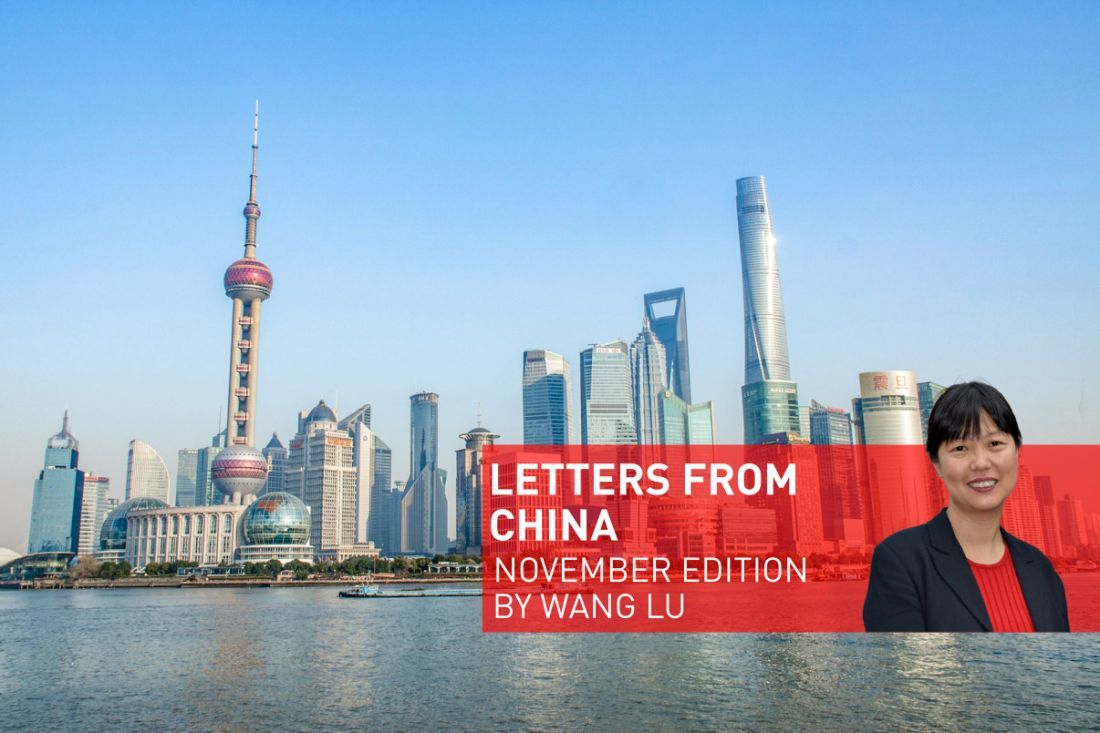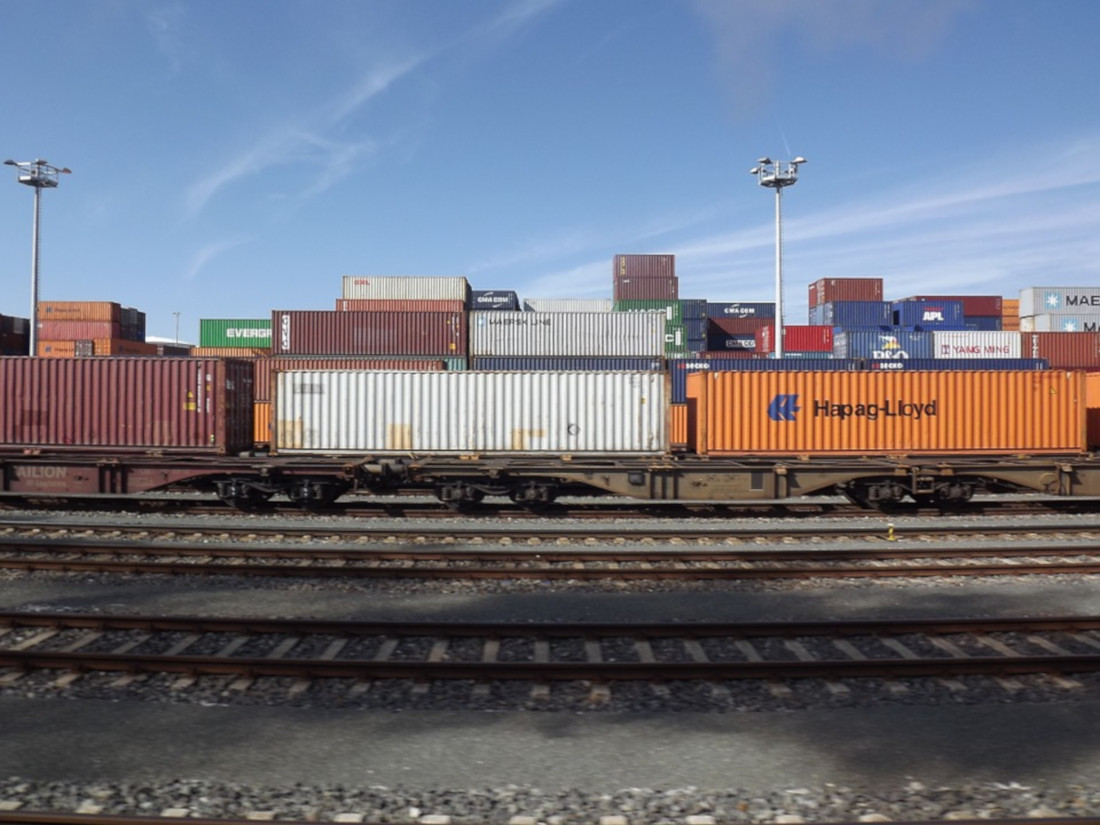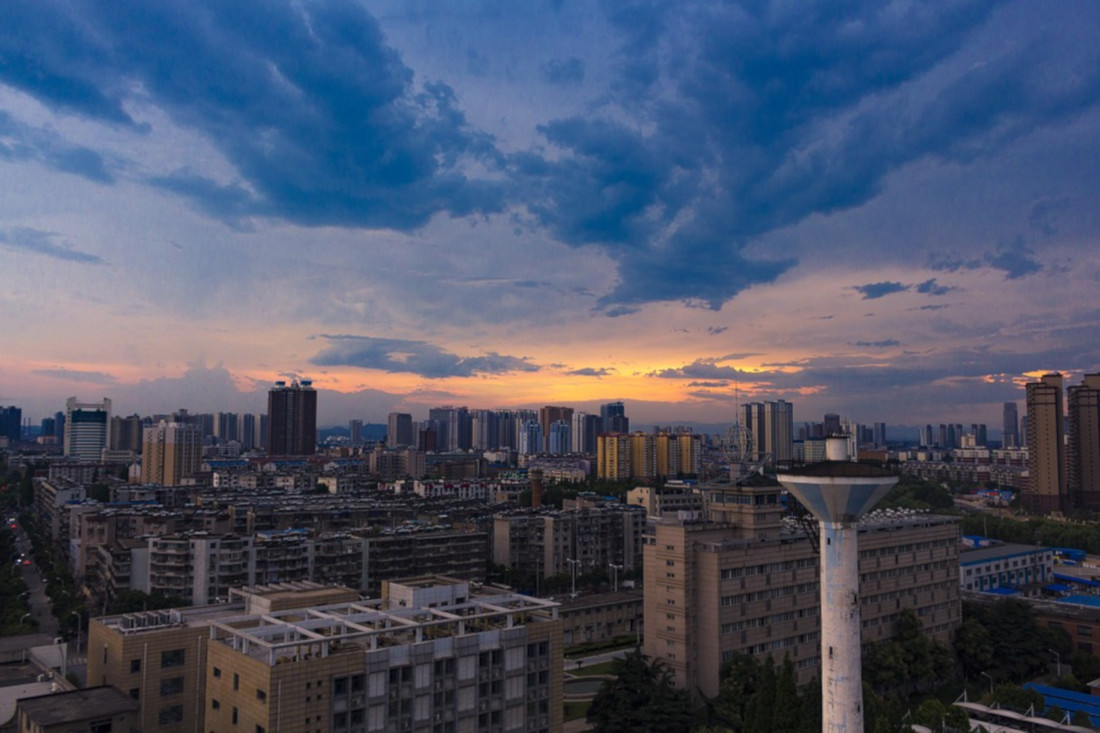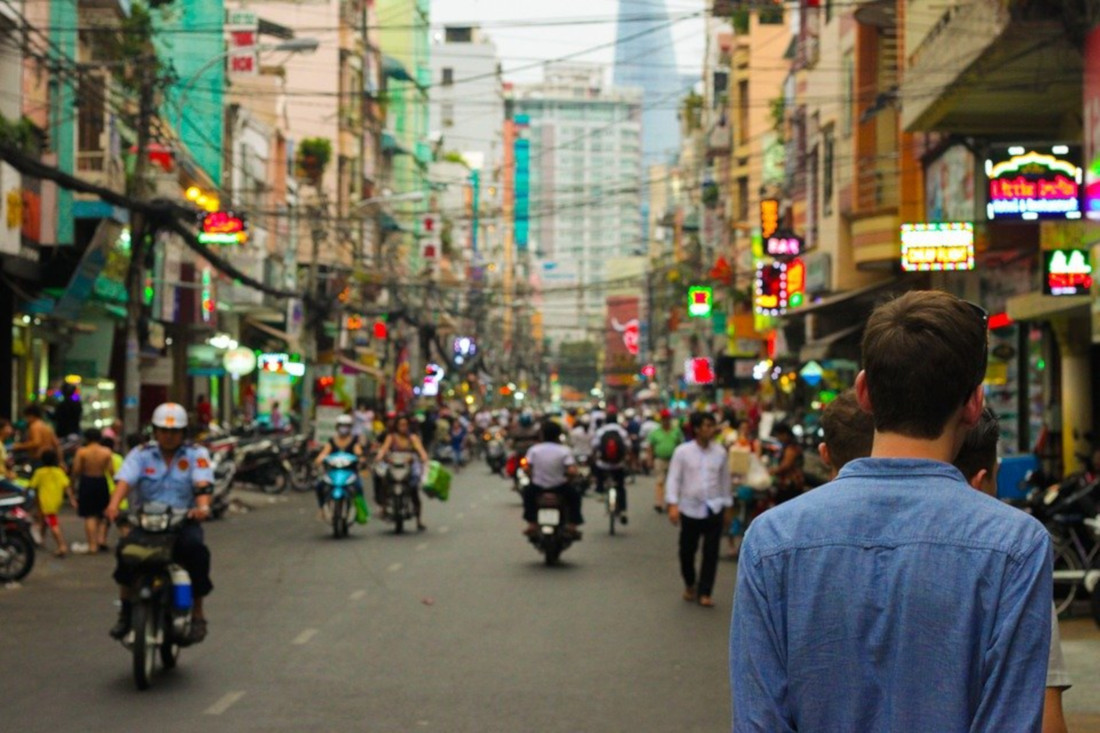Letters from China: November 2019 edition
Letters from ...Information on and insight into business and investment in China

Things have gone a bit quiet around the New Silk Road, also known as One Belt, One Road or the Belt and Road Initiative. But even without any big headlines at the moment, there are still plenty of smaller stories. In this issue we show how relevant these can be to companies in northern Germany.
Every four months, Lu Wang, director of the local Bremeninvest office, reports from Shanghai on the latest trends, opportunities and developments in China.
The New Silk Road Network: opening up new routes

The New Silk Road (officially the Belt and Road Initiative, or BRI) has received plenty of attention and made headlines around the world in recent years. In addition to massive Chinese government investment in many developing nations, some of its effects are also being felt in Europe, particularly in the movement of goods.
In September, the New Silk Road Network (NSRN) was founded in Bremen, with the aim of connecting small and medium-sized logistics companies located along the New Silk Road in order to establish shared economic links to enable them to benefit from the increased volume of traffic. The Network seeks to enhance transparency and visibility, thereby giving companies access to new markets and new business partners. Small companies, in particular, often lack the financial resources to set up foreign branch offices or to find business partners in China. The Network doesn’t just connect members to each other, it also offers other services relating to communication, e.g. translation, and is planning to introduce payment protection for international deals.
The Network is open to freight brokers, train, port and warehouse operators, freight agencies, and haulage firms – the entire range of land and sea-based logistics. For more information see https://www.newsilkroadnetwork.com
Rail traffic on the New Silk Road as an alternative to sea routes?

As part of the BRI, the Chinese government has been pouring investment into expanding the train route through Asia to Europe over the past few years. The number of scheduled train services between China and Europe is growing by between 60 and 130 per cent per annum on the northern route, which runs through Kazakhstan and Russia to Northern Europe. This route is expected to reach its first one million standard container equivalents (TEUs) of transport volume in 2020. In fact, growth is so strong that capacity bottlenecks between Europe and Russia are appearing at border crossings in Poland. They are caused by customs clearance and the need to transfer freight due to different track gauges, and alternative routes are being established. The volume of rail traffic is set to continue to rise strongly over the coming years, and more intermediate and terminal stations (e.g. Amsterdam, Mannheim, Barcelona and Riga in 2018) are being added.
For European companies this development opens up a new transport option to bridge the gap between shipping by sea or by air. The biggest advantage of rail over the sea route is the significant increase in speed, normally between 15 and 20 days compared to up to 35 days by ship. The exact time depends on the destination in China – it is quicker to reach stations in central Chinese provinces than ones on the coast. Most trains to northern Germany terminate at Hamburg, or continue from there to Duisburg. There are currently no direct trains from China that stop in Bremen.
Freight costs are somewhere between those of sea and air transport, and are expected to average between €1,500 and €3,000 for a 40-foot container. Depending on the destination terminal, trains run between once a week and four times a week from Germany, and up to seven times a week from China.
Like all BRI investments, the setting up of freight traffic routes is being heavily supported by the Chinese government. According to Chinese government plans, the subsidies for rail traffic (currently up to 40 per cent of freight costs) will be reduced over the coming years, which could result in a consolidation of schedules and an increase in freight charges.
Province of the month: Hubei

In a new regular feature we will be running short profiles to introduce China’s provinces, with a focus on their economic development. We start off with Hubei. This central Chinese province has a population of 58 million – roughly the same as Italy – and lies on the Yangtze river. With a total length of around 1,000 kilometres, the river plays an important role in the economy of the province, which also has the second-largest river port in China. The city of Yichang is home to the Three Gorges Dam, the world’s largest power station in terms of installed capacity.
Apart from being a logistics hub, Hubei has for centuries been an important centre of food production. Its status as one of the centres of the Chinese automotive and steel industries is a bit more recent. A major player in these is Dongfeng Motor Corporation, one of the country’s four largest car manufacturers, which produced 3.83 million passenger cars and trucks in 2018. A whole range of suppliers have also established themselves in the province.
Another important economic sector is located in what is known as the Optics Valley, near the provincial capital of Wuhan. Over the last few decades, this area has developed a focus on the optoelectronics industry, along with other specialisations in biomedicine and in the energy and environmental sectors. The East Lake National Innovation Demonstration Zone is often referred to as ‘Mini Silicon Valley’, with a large number of highly skilled workers flowing from the region’s 42 universities and institutes. It describes itself as the number two of Chinese innovation zones, after Beijing.
Several free trade zones in core areas of the province (the cities of Wuhan, Yichang and Xiangyang) covering around 120 square kilometres are intended to facilitate international trade in Hubei. The province is also hoping to benefit from its strategic location on the New Silk Road. One of the aims of the BRI is to promote growth in the provinces of central and western China, which are considerably poorer and less developed than those on or near the coast.
Travel: Wuhan Tianhe International Airport
Provincial capital: Wuhan, population 7.5 million
Life in China: same worries for city dwellers as in the west?

China has experienced an incredible amount of growth – and that has had an enormous impact on the Chinese people’s standard of living. But there are quite substantial variations. Living standards differ enormously between the cities and the countryside, and it is mainly the populous coastal regions that have benefited from the progress of recent decades. There is a more than 300 per cent difference in GDP between a province like Qinghai in central China and that of Jiangsu in the east.
The difference in the cost of living (german) is most evident in places like Beijing. The city is now on a par with its western counterparts. In the city centre, the average rent for a two-bedroom apartment is between €800 and €1,000, in the suburbs it is about €500. Food prices are only slightly below those in Germany, clothing costs are about equal to those in the west for western brands. However, meals in restaurants, public transport and utility costs are all cheaper. With average net incomes at €1,400 per month (and about double that for well-paid jobs like engineers) it is obvious that only the better off Chinese can afford to live in the city centres – much like here. For a number of years, the cost of living has continued to rise in many areas, in particular for real estate and for certain foods, such as pork. It remains to be seen if the slowdown of growth in China in recent months will cause this pressure to ease off a little.
Bremen on the road: at the China International Import Expo CIIE

With 3,800 participating companies and more than 910,000 visitors the CIIE expo is one of the largest general exhibitions for consumer goods and B2B products in China. Now in its second year, the event took place in Shanghai in November 2019. Bremen was represented at the shared stand of the worldwide network of German chambers of commerce. A reception by the German Consul General, matchmaking events and presentations about the city all gave Chinese companies the opportunity to get a first impression of Bremen and to express their interest in the location. We’ll keep you updated!
Link tip: Chinese cybersecurity legislation and its impact on German companies
In June, the Chinese government revised its cybersecurity legislation. What that means for European companies is explained in an article in t3n magazine (german).
Lu Wang
Bremeninvest China / Office Shanghai
Director Bremeninvest China
+86 21 5081 5576
Success Stories
AI at any cost or proportionate regulation? Silicon Valley is divided on the subject, as shown not least by the conflict surrounding OpenAI's CEO Sam Altman in the past few weeks. By visiting Silicon Valley as a delegation, we are personally going to find out how things are exactly.
Learn moreA top stock from Vietnam briefly becomes the third most valuable car manufacturer worldwide and hydrogen becomes a key factor for the future in Vietnam. These and other topics are covered in our letter from Vietnam, directly from Ho Chi Minh City.
Learn moreWhat does the collapse of Silicon Valley Bank mean for tech start-ups in San Francisco? Our USA expert, Tim Ole Jöhnk, investigates. Also in our Spring letter: Chat GPT is conquering the world – but is it a sustainable business model?
Learn more

